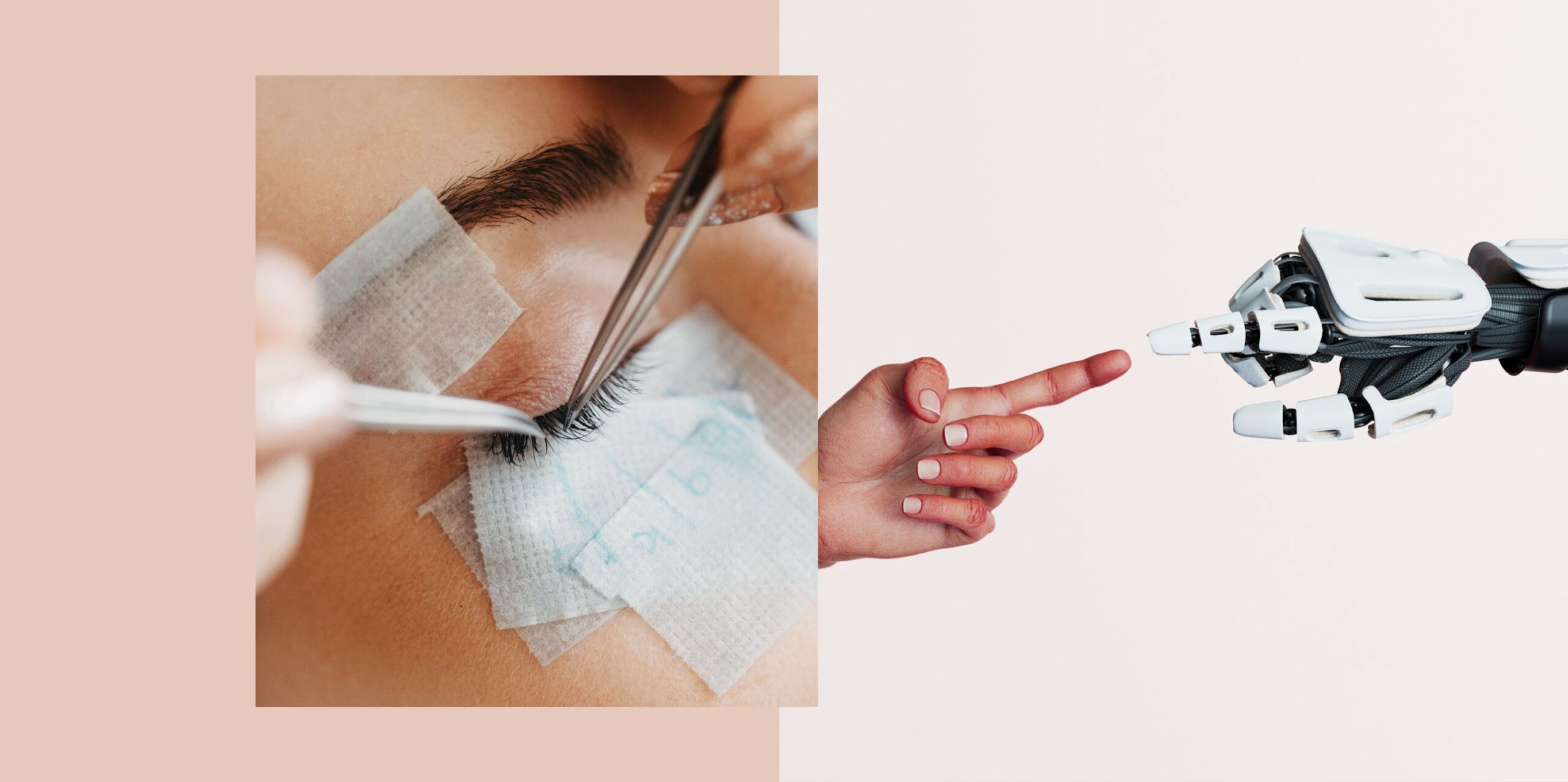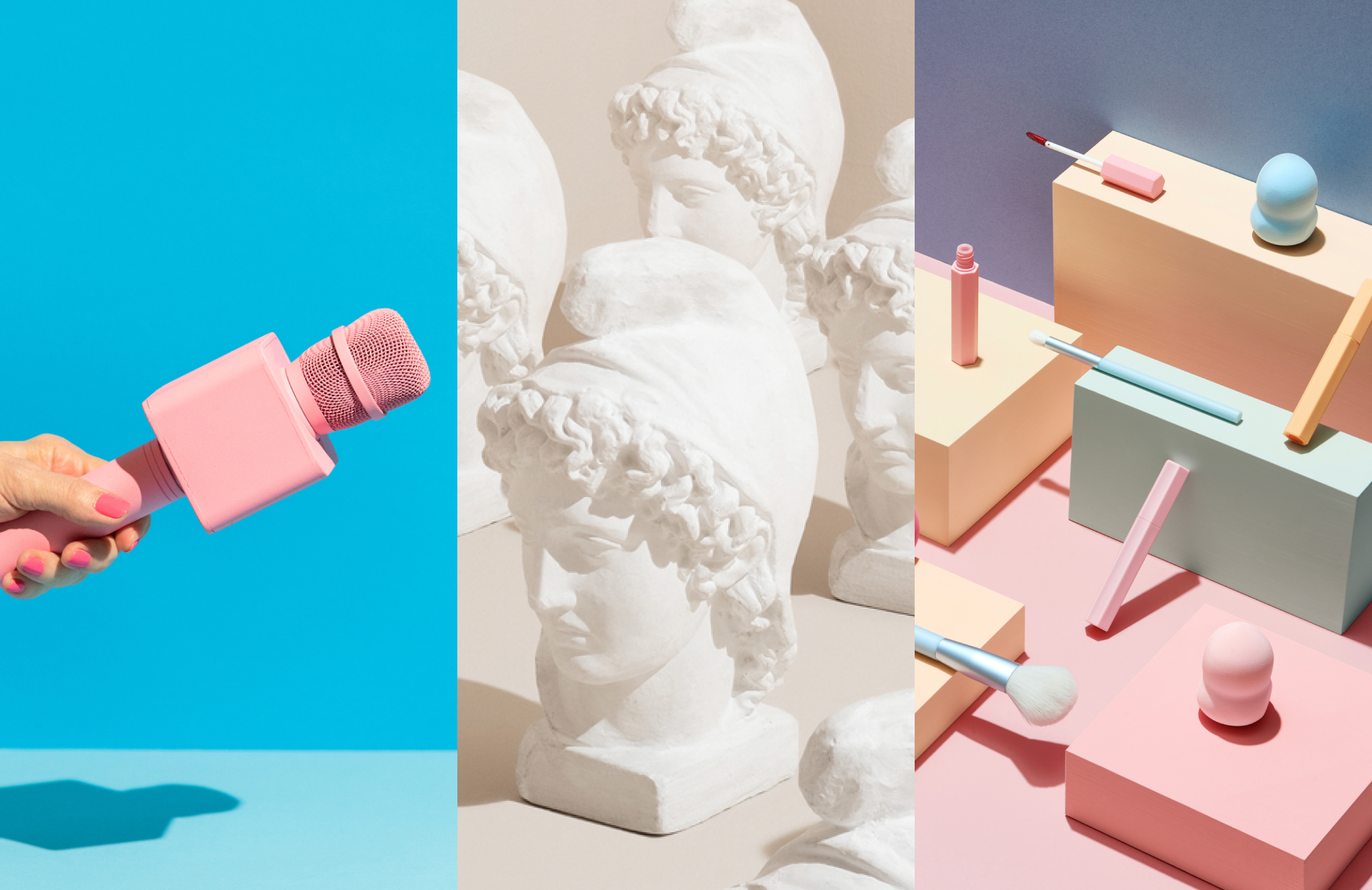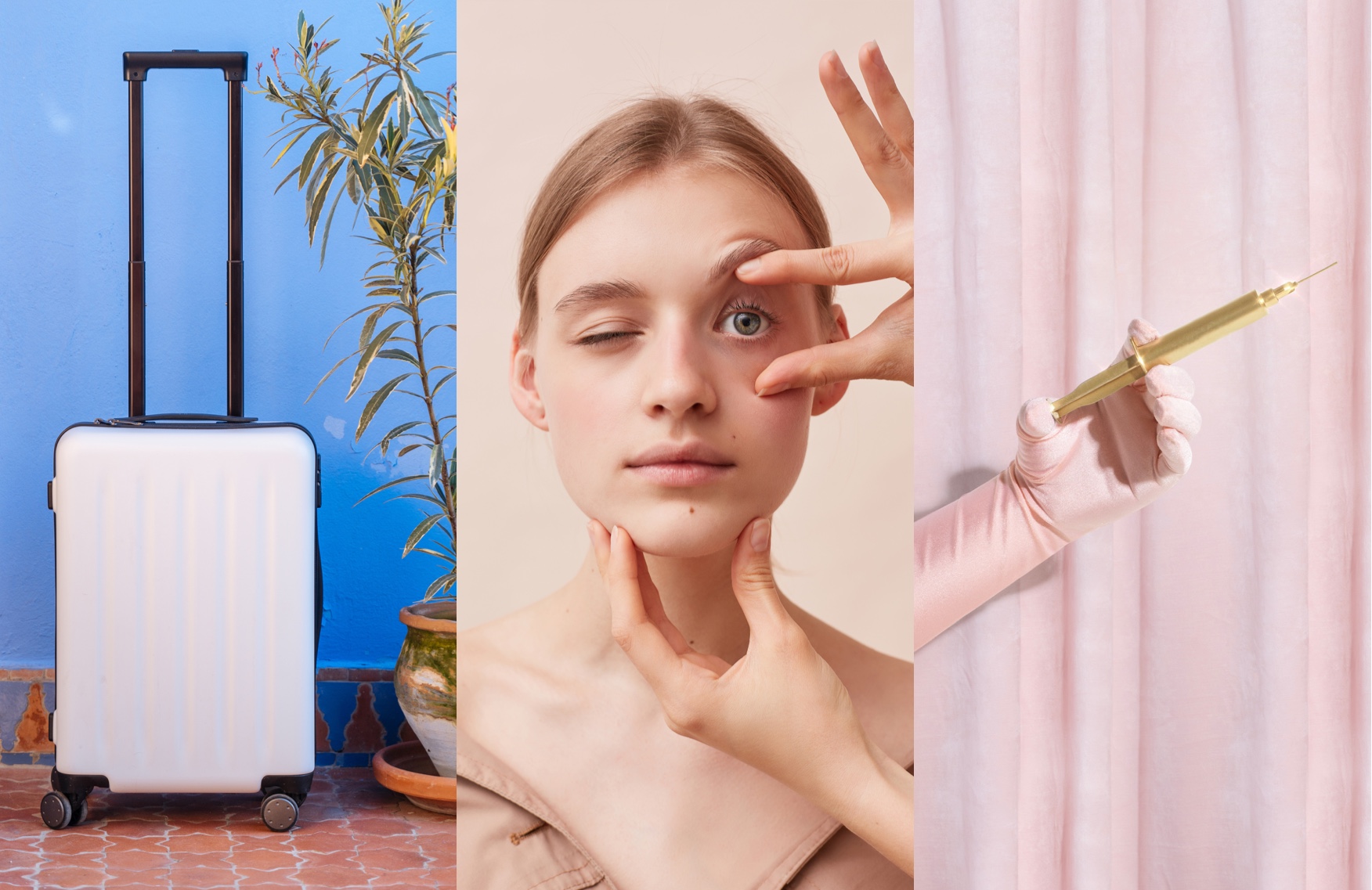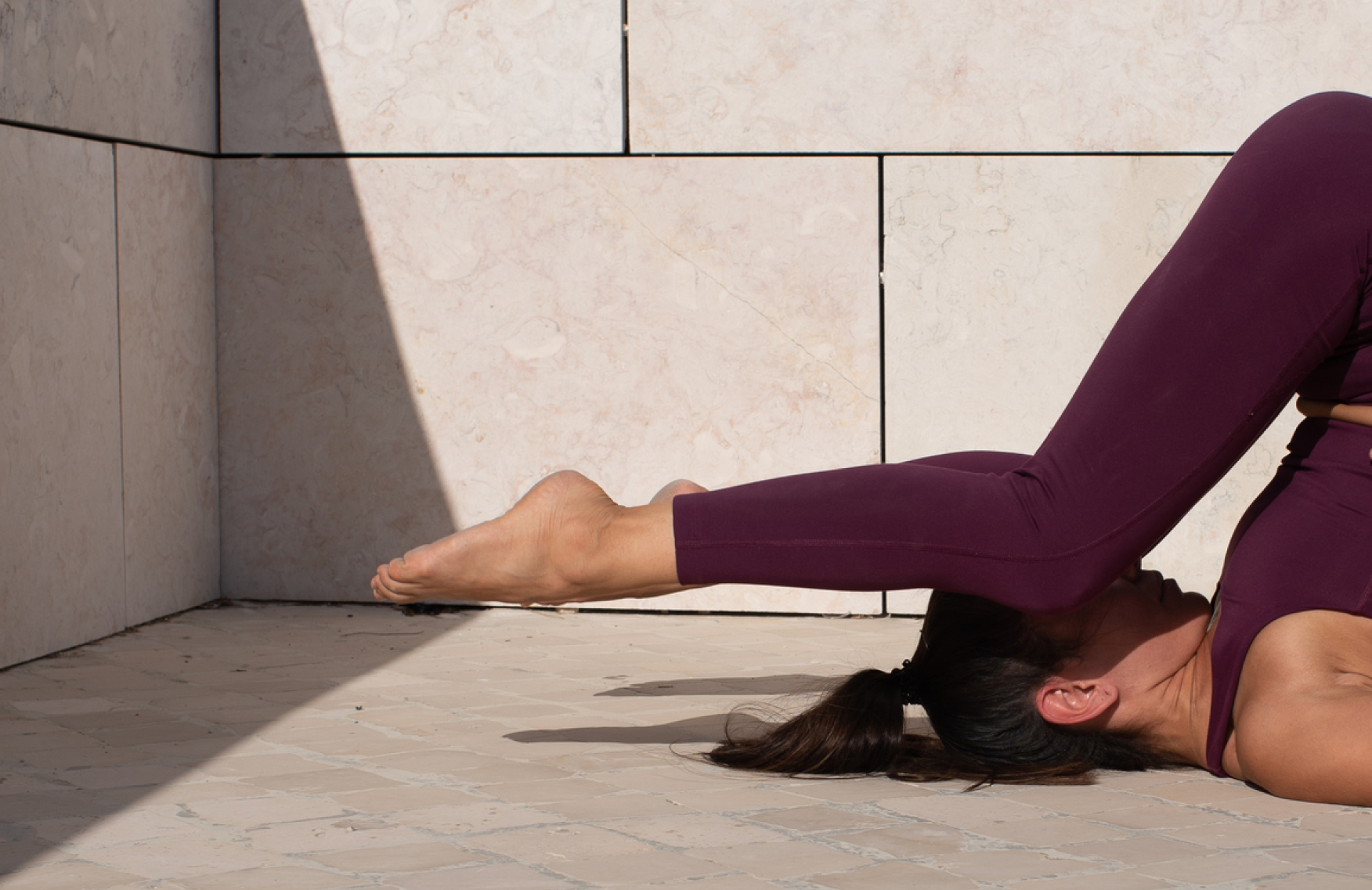The future of beauty treatments is…robots?! Should we be stressed robots may come for our lashes, hair and more?

We already welcome robots into our homes to play the role of vacuums, window cleaners and lawn mowers—is it only a matter of time before robots pick up a few beauty salon duties?
According to some tech innovators in the industry, the answer is yes. Nate Harding, a Berkeley-educated roboticist, entrepreneur and co-founder/Chief Technology Officer of LUUM Lash, was looking for his next business idea as well as a robotic technology that would “solve a real pain point” for people. After hearing about the popularity of eyelash extensions, he did some research. “I learned about the repetitive and micro-precise nature of the application and thought, ‘this would be a perfect job for a robot,’” Harding says.
A full set of lash extensions in 30 minutes?
LUUM’s lash robot, which currently services a limited number of weekly appointments out of the company’s studio in Oakland, uses a combination of next-generation robotics, artificial intelligence and computer vision. Instead of metal tweezers commonly used by lash artists to apply each single extension, the robot performs the action with featherlight plastic wands that are attached to the body by low-force magnets.
The robot runs autonomously, meaning it doesn’t require a human guiding it in real time (there is, however, a human attendant present during the service). “We are not intending to replace lash artists, but rather allow them to focus on the more service-oriented and aesthetic parts of their job,” Harding says.
The biggest pro of this technology, according to Harding, is speed. “Right now, we’re performing at about 20% faster than human speed. Within the next six months, the robot will be able to apply lashes at double the speed of a human and then will advance to quadruple the speed,” he says. At four times human speed, that means a full set of eyelash extensions can be applied in 30 minutes instead of two hours.
Plus, robots could be coming to a hair salon near you.
Hair salons may also be the next breeding ground for robotic innovation. In 2010, Panasonic unveiled a robot that washed, shampooed, conditioned and dried hair, but has since paused development.
Scholars at the Massachusetts Institute of Technology’s Computer Science & Artificial Intelligence Lab (CSAIL) are hoping to take that technology further with their studies of personal haircare robots. “Robots could assist grooming experts with lower-level routing tasks: being a third hand for coloring treatments, cleaning the workspace or helping guide customers to their stations,” says CSAIL Director and MIT computer science professor Daniela Rus.
Among their innovations this year, Dr. Rus and her team of CSAIL postdocs developed “RoboWig,” a robotic arm with a sensorized soft brush that’s equipped with a camera to help the robot “see” and assess hair length and texture. A computer vision system and mathematical models then use that information to figure out the best way to brush that particular head of hair.
While robot models have so far succeeded in completing simple tasks such as brushing, we may still be some time away from more complex actions. “Dexterous manipulation remains challenging,” Dr. Rus says. “Robots can provide hairstylists with a third or fourth hand, and fetch tools in response to voice commands, but they can’t design the balayage or manipulate the hair to execute the plans.”
The best of both worlds.
Challenges and modifications are par for the course for any developing technology, but the future of beauty and robotics looks promising. Says LUUM Lash’s Harding: “We believe the best applications of pioneering technology in beauty will be the ones that combine the best of what both technology and humans can do.”


